Maintaining optimal oil pressure is paramount for the longevity and performance of an internal combustion engine. Adequate oil pressure ensures proper lubrication of critical engine components, reducing friction and preventing wear.
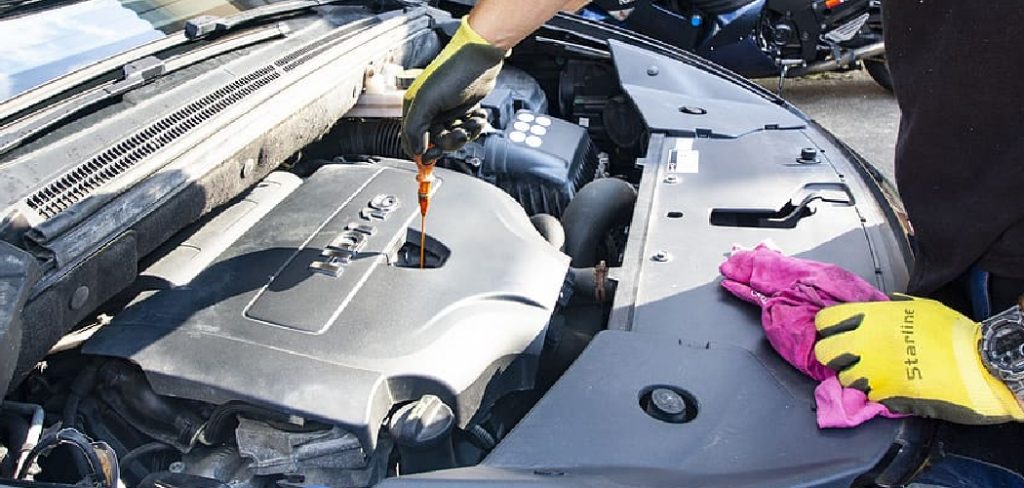
However, in certain circumstances, such as aging engines or modifications, achieving and sustaining the ideal oil pressure may pose a challenge. In this comprehensive guide, we explore various methods on how to increase oil pressure, ranging from routine maintenance practices to more advanced modifications.
Understanding the factors influencing oil pressure and implementing the appropriate solutions not only enhances engine reliability but also contributes to improved overall performance. Whether you’re a seasoned mechanic or a DIY enthusiast, the insights provided in this article will empower you to navigate the intricacies of oil pressure management, promoting the health and longevity of your vehicle’s engine.
Importance of Oil Pressure in Engine Function
Oil pressure is the lifeblood of an engine’s functionality. It serves as a critical metric for ensuring that each moving component within the motor is adequately lubricated. This lubrication prevents metal-on-metal contact, which can rapidly lead to engine damage, overheating, and potentially catastrophic failure.
Sufficient oil pressure guarantees that oil reaches the furthest and most intricate parts of the engine assembly, creating a protective film that minimizes wear even under extreme conditions. Monitoring and maintaining the correct oil pressure is essential not only for the engine’s immediate performance but also in safeguarding its integrity for the long term.
Role of Oil in Lubricating Engine Components
Oil functions as a vital agent within the engine, playing a multiple-faceted role essential for engine health. Beyond its primary job of reducing friction, oil also assists in heat dispersion, carrying away some of the immense heat generated by the combustion process and the movement of engine parts.
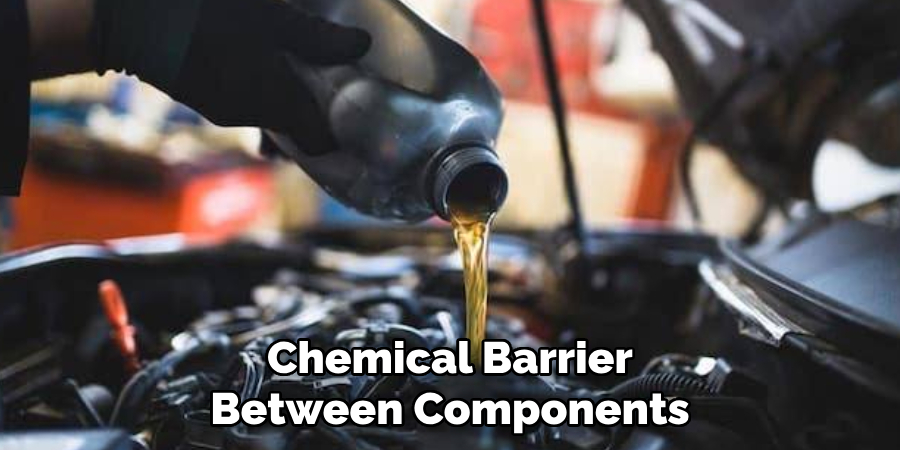
Furthermore, it serves to protect against corrosion by providing a chemical barrier between components, and helps in cleaning the engine, picking up debris and contaminants to be filtered out. The role of oil in the intricate ecosystem of an engine cannot be overstated, acting as a protective guardian that maximizes efficiency and lifespan of the engine’s components.
Understanding Oil Pressure: Causes and Effects
Oil pressure fluctuations can be indicative of various underlying issues within the engine. Low oil pressure could stem from factors such as oil viscosity that is too low, inadequate oil levels, or a malfunctioning oil pump, among others. Conversely, excessively high oil pressure might originate from a clogged oil filter, engine sludge, or improper oil grade. Both scenarios can lead to detrimental effects on engine performance and longevity.
Understanding the root causes of oil pressure deviations is crucial for any diagnostic process. It helps in taking corrective action before minor issues escalate into major malfunctions or engine failure. By regularly monitoring oil pressure and responding to changes proactively, vehicle owners can help ensure their engine operates within its designed parameters, maintaining optimal performance and extending its service life.
Factors Influencing Oil Pressure
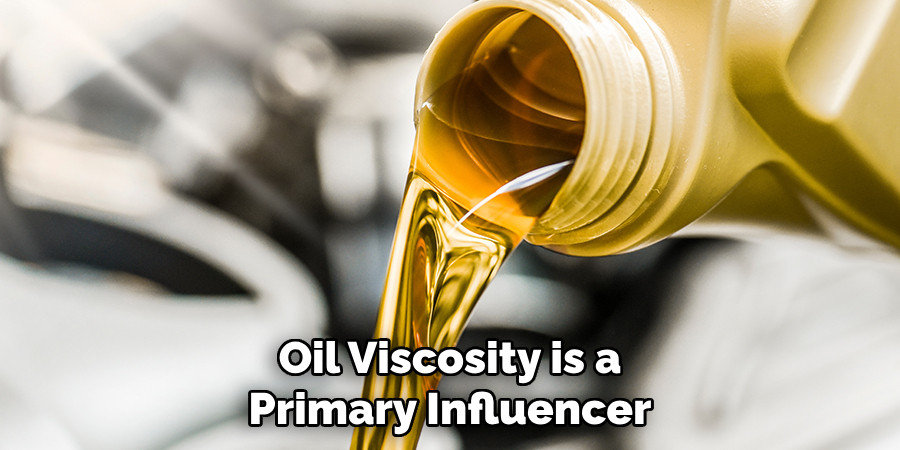
Several factors can affect oil pressure in an engine, and understanding them is key to maintaining optimal performance. Oil Viscosity is a primary influencer; oils with higher viscosity tend to create more resistance to flow, potentially increasing oil pressure.
Engine Temperature also has a significant effect, as oil thins and pressure drops with rising temperatures. Wear and Tear of engine components, particularly the oil pump, can impact the pressure by reducing the pump’s efficiency. Oil Quality is another crucial element; over time, oil can degrade and become contaminated, which can lead to changes in pressure.
Lastly, the Oil Filter Condition plays a part; a clogged filter can restrict flow, increasing pressure upstream of the blockage. Ensuring that these factors are monitored and managed will contribute to maintaining the oil pressure within the manufacturer’s recommended range.
Diagnostic Procedures for Low Oil Pressure
Troubleshooting low oil pressure is a systematic process that involves several diagnostic procedures to identify and rectify the issue. Begin by Checking the Oil Level; insufficient oil in the system is the most common and easily corrected cause of low pressure.
Next, use an Oil Pressure Gauge to confirm the accuracy of the vehicle’s oil pressure readings; a faulty oil pressure sensor can provide misleading information. Inspecting the Oil Filter is also vital; a clogged filter can obstruct flow, necessitating its replacement.
Evaluating Oil Viscosity and Quality should follow, ensuring the oil is appropriate for the engine and not excessively worn or diluted. If these checks do not resolve the issue, examining the Oil Pump and Relief Valve for wear or blockages is essential, as these components are critical for maintaining proper oil circulation and pressure.
In cases where internal engine wear is suspected, a more in-depth Engine Inspection may be required to assess the condition of bearings and other moving parts. Each step in this diagnostic process is designed to systematically eliminate possible causes to pinpoint the source of low oil pressure.
10 Methods How to Increase Oil Pressure
1. Choose the Right Oil Viscosity:
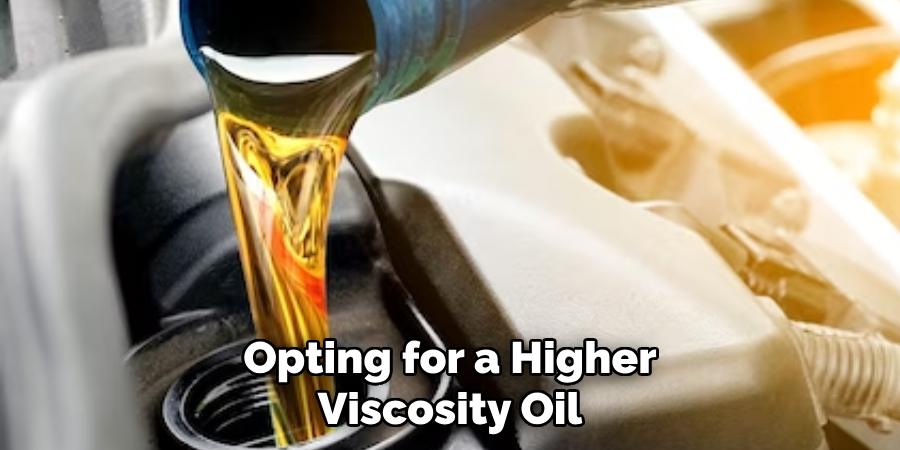
Opting for a higher viscosity oil can enhance oil pressure. Thicker oils resist flow more effectively, increasing pressure within the engine. However, it’s crucial to strike a balance, as excessively thick oil may lead to poor lubrication and reduced fuel efficiency. Additionally, using a higher viscosity oil in colder climates can cause starting issues, as the oil will be more resistant to flow when cold. On the other hand, using a lower viscosity oil may lead to increased wear on engine components and reduced protection against friction.
There are several factors to consider when choosing the right oil viscosity for your vehicle. One important aspect is the type of engine in your vehicle. Older, high-mileage engines may benefit from a slightly higher viscosity oil to compensate for wear and tear. However, newer engines with tighter tolerances may require a lower viscosity oil for optimal performance.
Another factor to consider is the climate where you live. If you reside in a colder region, using a lower viscosity oil during the winter months can help with easier engine starts. On the other hand, those living in warmer climates may want to opt for a slightly higher viscosity oil to maintain proper oil pressure and protection in hot weather conditions.
2. Regular Oil Changes:
Consistent oil changes with a high-quality oil filter can significantly impact oil pressure. Fresh, clean oil ensures proper lubrication and helps maintain the engine’s internal cleanliness, preventing sludge buildup that could hinder oil flow. Additionally, the oil filter’s role is crucial in keeping contaminants out of the engine and maintaining proper flow.
Regular oil changes also have a positive effect on overall engine performance. As oil ages, it becomes less efficient at protecting against friction and wear. This can lead to decreased fuel efficiency and potential damage to critical engine components. By staying on top of regular oil changes, you can ensure that your engine is running at its best and avoiding costly repairs.
3. Upgrade the Oil Pump:
Upgrading to a high-performance or high-volume oil pump can be an effective solution, especially for modified engines or those operating under demanding conditions. A more robust oil pump can increase oil flow and pressure throughout the engine. This can improve lubrication, reduce heat and friction, and extend the life of engine components.
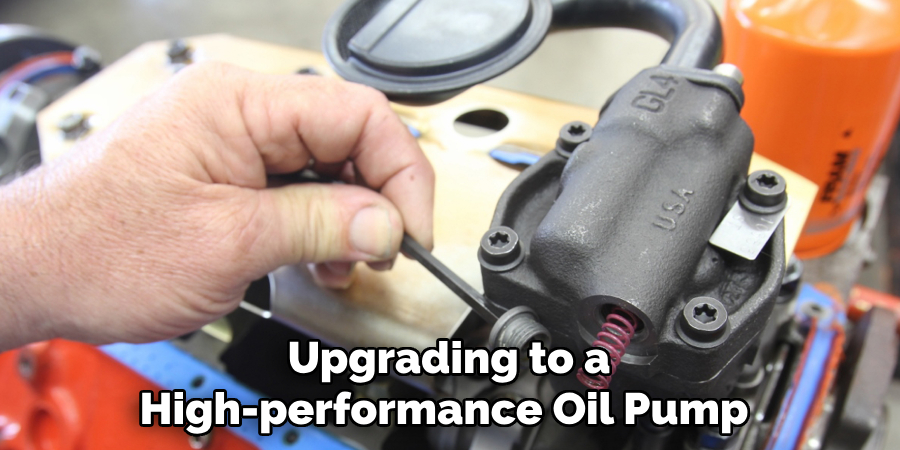
There are several factors to consider when upgrading the oil pump. First and foremost is selecting a pump that is compatible with your specific engine type and size. Some pumps may have different flow rates or pressure capacities, so it’s important to choose one that matches the requirements of your engine.
It’s also essential to ensure that the pump is designed to fit in your engine’s oil pan and is compatible with any other components in the oil system.
4. Check for Oil Leaks:
Addressing oil leaks is a fundamental step in maintaining optimal oil pressure. Leaks can result in a gradual loss of oil, leading to lower pressure levels. Thoroughly inspect the engine and address any leaks promptly to ensure a continuous and sufficient oil supply.
Furthermore, keeping a close eye on oil levels and replenishing when it reaches the minimum line is crucial to prevent potential engine damage. Oil leaks can also occur in other areas of the vehicle, such as the transmission or differential. Regularly checking for any signs of leakage and addressing them promptly can prevent costly repairs down the line. Though it may seem like a minor issue, oil leaks can greatly impact the performance and longevity of your vehicle’s engine.
Another important aspect to consider is the type of oil you are using. It is essential to use the recommended grade and type of oil for your specific vehicle. Using the wrong type or grade can result in poor lubrication, leading to higher levels of friction and wear on engine components. This can also lead to a decrease in oil pressure and potential engine damage.
5. Adjust the Oil Pressure Relief Valve:
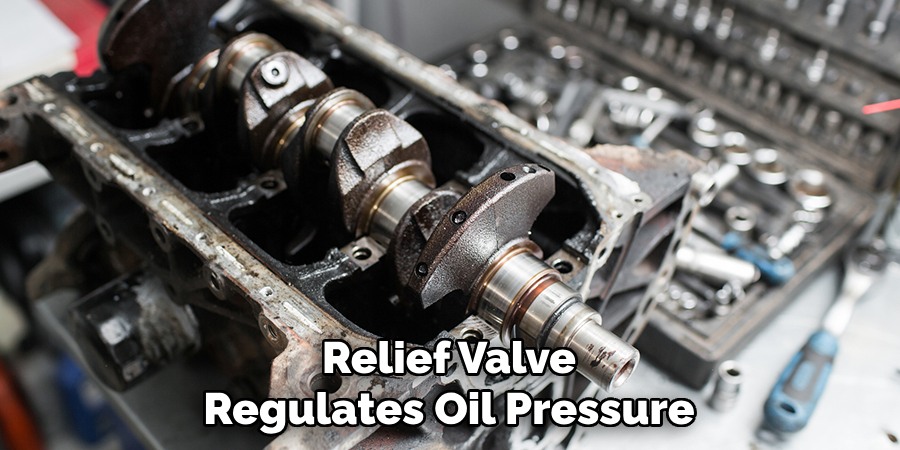
The oil pressure relief valve regulates oil pressure by diverting excess oil back into the oil pan. Adjusting this valve can influence the pressure levels. However, it’s essential to follow manufacturer guidelines and make incremental adjustments to avoid over-pressurizing the system.
To adjust the oil pressure relief valve, you will need a few tools and equipment. These include a socket set, an adjustable wrench, and a pressure gauge. Make sure to have these on hand before starting the adjustment process.
First, locate the oil pressure relief valve. It is typically located near the oil filter housing or directly on the engine block. Refer to your vehicle’s manual for the exact location.
6. Use an Oil Additive:
Certain oil additives are designed to improve lubrication and promote better oil flow, potentially increasing oil pressure. However, it’s crucial to choose additives compatible with the engine and oil type, and their usage should align with the manufacturer’s recommendations. Always consult the owner’s manual or a trusted mechanic before using any additives.
Oil additives come in various forms, such as oil stabilizers, viscosity improvers, and anti-wear agents. Each type has its own specific purpose and may provide different benefits to the engine.
For example, oil stabilizers reduce sludge and varnish deposits in the engine, improving overall performance and extending the life of the oil. Viscosity improvers help maintain consistent oil thickness and prevent thinning at high temperatures, while anti-wear agents form a protective layer on engine parts, minimizing wear and tear.
There are also specific additives for certain types of engines, such as diesel or high-performance engines. These additives may contain additional ingredients that cater to the unique needs of these engines. For instance, diesel engine additives often include detergents to clean fuel injectors and remove deposits from the fuel system.
7. Inspect and Clean Oil Passages:
Over time, oil passages within the engine can accumulate debris and sludge, restricting oil flow. Thoroughly inspecting and cleaning these passages during routine maintenance can enhance oil circulation and, subsequently, oil pressure.
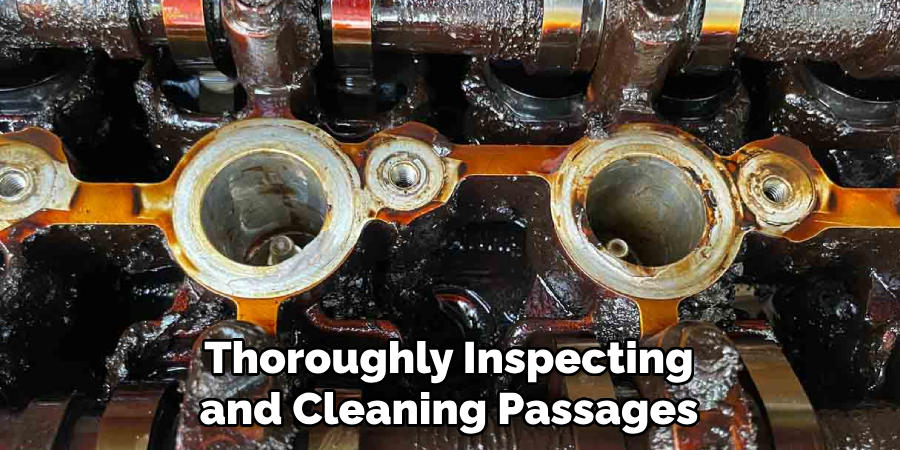
One way to clean oil passages is by using a specialized flushing agent that is designed to break down and remove built-up sludge and debris. This can be done by pouring the recommended amount of flushing agent into the engine oil fill port, allowing it to circulate for a specified amount of time, and then draining it along with any loosened particles.
Another method for cleaning oil passages is by using a high-pressure air gun to blow out any obstructions. This should be done carefully, as too much pressure can cause damage to internal components.
8. Consider High-Pressure Oil Springs:
Upgrading to high-pressure oil springs in the engine can positively impact oil pressure. These springs help maintain consistent pressure levels by minimizing fluctuations during different operating conditions.
The high-pressure oil springs also improve engine performance by ensuring that the oil reaches all areas of the engine, including hard-to-reach crevices. Additionally, these springs help reduce wear and tear on critical engine components due to inadequate lubrication.
The benefits mentioned above are crucial for any vehicle owner looking to increase their engine’s lifespan and improve its overall performance. However, it is essential to understand that high-pressure oil springs are not a one-size-fits-all solution.
It is crucial to consider factors such as the engine’s specific requirements and the vehicle’s make and model before making any upgrades.
9. Monitor Bearing Clearances:
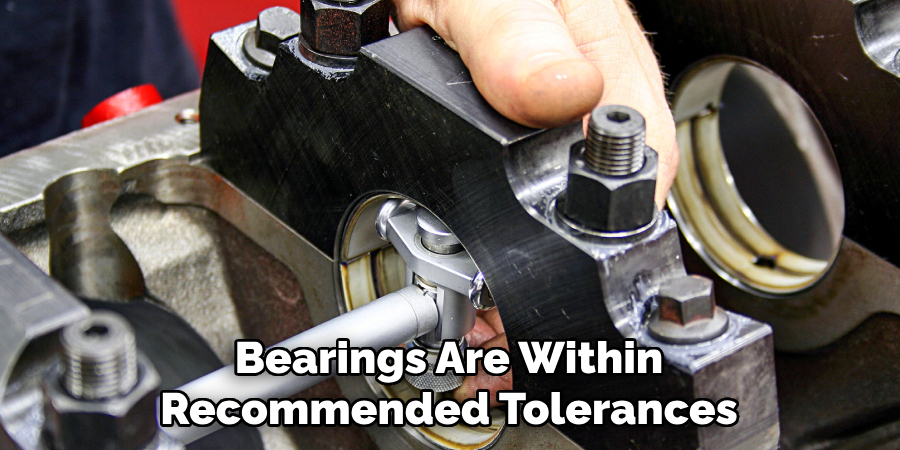
Excessive bearing clearances can contribute to lower oil pressure. Ensuring that engine bearings are within recommended tolerances during assembly or overhaul is crucial for maintaining proper oil pressure. It is important to keep in mind that bearing clearances can vary depending on engine type and manufacturer specifications.
When working with an engine, it is vital to monitor the clearance between the crankshaft and connecting rod bearings. This clearance should fall within a specific range determined by the engine manufacturer. If the clearance is too large, there will be excessive movement between the two components, resulting in a drop in oil pressure.
On the other hand, if the clearance is too small, it can cause friction and heat buildup, leading to premature bearing wear and potential engine failure.
To accurately measure bearing clearances, specialized tools such as dial indicators and micrometers are required. These tools allow for precise measurements of the gap between the bearing surface and crankshaft journal.
10. Evaluate the Oil Pressure Sender:
The oil pressure sender is responsible for relaying information to the gauge. A faulty sender can provide inaccurate readings. Regularly check and replace the oil pressure sender if needed to ensure the displayed pressure corresponds to the actual engine conditions.
One of the most common signs of a faulty oil pressure sender is when the gauge constantly shows low or high pressure readings, even when the engine is running smoothly. This can be caused by electrical issues or a damaged sender itself. It’s important to address this issue as soon as possible to prevent potential damage to the engine.
To evaluate if your oil pressure sender needs to be replaced, you can use a multimeter to test its electrical resistance. The specific values may vary depending on the make and model of your vehicle, so it’s important to refer to your owner’s manual for the correct readings.
Conclusion
In summary, maintaining optimal oil pressure is essential for the health and longevity of any engine. Understanding the factors influencing oil pressure, diagnosing low pressure issues, and implementing effective solutions are paramount for engine performance and reliability.
By choosing the right engine oil, addressing engine wear, practicing regular maintenance, and considering upgrades where necessary, individuals can increase oil pressure and safeguard their engines against potential damage. However, it’s crucial to recognize the limits of DIY solutions and seek professional assistance for complex issues.
Ultimately, prioritizing oil pressure maintenance contributes to the overall efficiency and longevity of the engine, ensuring smooth operation and minimizing the risk of costly repairs down the road. Hopefully, this article gave you some helpful tips about how to increase oil pressure successfully, so now that you have the proper knowledge on how to get the job done, why not give it a try today?

